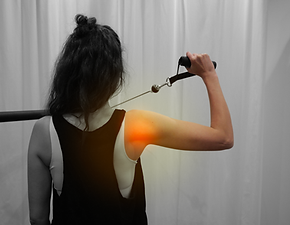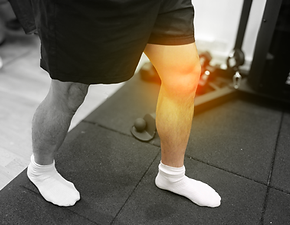Physiotherapy
Fix the source, not the symptom
Rewire the way your body moves from within to truly become pain free
CONNECT USING MYOFASCIAL MERIDIANS
Our myofascial lines connect our muscles groups across mulitple joints, promoting coordinated and synchronised movement. Training these myofascial lines allows us to activate our deep core muscles, and distributes force more evenly across the body, reducing strain on isolated areas like muscles, tendons and joints.

REMOVE PAIN BY BECOMING MORE HOLISTIC
By integrating the core in all movements, we can establish a active, stable and efficient foundation for movement. This will lead to muscular effciency up the kinetic chain — ankles, hips, spine, shoulders — amplifying the synergy of our fascia and muscles.
This kind of neuromuscular training will help you move more holistically, and supports faster recovery while lowering injury risk—allowing for consistent, pain free movement. It stimulates the connection between your brain, fascia and muscles, leading to improved coordination for efficient movement, increased explosive power, and reducing energy leaks.


Example of a treatment structure:
Assess & Identify
Goal: Understand how you move and where inefficiencies or restrictions exist.
• Perform a movement screen (walking, squatting, jumping, balance).
• Identify restrictions, imbalances, or compensatory patterns.
Reconnect the Sensory System
Goal: Reawaken sensory input from the hands and feet to improve brain-body connection.
• Begin with barefoot sensory drills, and balance awareness
• Integrate slow, controlled movement patterns to reinforce proprioception.
Activate Fascial Lines & Deep Stabilizers
Goal: Build tension and control through major fascial chains.
• Train fascial lines: posterior chain, spiral line, and lateral lines using bodyweight and resistance.
• Incorporate isometric holds and low-load tension-building drills to build control and elasticity.
Layer in Dynamic, Elastic Movements
Goal: Train the fascia to store and release elastic energy like a spring.
• Add bouncing drills, reactive footwork, and full-body loading
• Cue posture, tension, and efficiency during explosive actions.
Integrate into Movement-Specific Tasks
Goal: Apply the fascia-driven movement into sport or real-life performance.
• Translate drills into sport specific patterns.
• Adjust training load and complexity over time as performance improves.


